I have the following code. I expected the compile to run only once, and link to run 5 times.
<html>
<head>
<script src="https://cdnjs.cloudflare.com/ajax/libs/angular.js/1.4.8/angular.min.js" ></script>
<style>.red{color:red;}.blue{background:blue;}</style>
</head>
<body ng-app="myApp" ng-controller="myCtrl">
<div hello dear> 1 </div>
<div hello dear> 2 </div>
<div hello dear> 3 </div>
<div hello dear> 4 </div>
<div hello dear> 5 </div>
<script>
//module declaration
var app = angular.module("myApp",[]);
//controller declaration
app.controller('myCtrl',function($scope){
//no code
});
//directives declaration
app.directive('hello',function(){
return{
restrict: 'A',
compile: function(tElement, tAttributes){
tElement.addClass("red");
console.log("compiled");
},
}
});
app.directive('dear',function(){
return{
restrict: 'A',
link: function($scope, element, attributes){
element.addClass("blue");
console.log("linked");
}
}
});
</script>
</body>
</html>
Expectation:
Compile to run once. Link to run 5 times.
Result:
Both compile and Link running 5 times.
Screen-shot:
Reference:
http://www.bennadel.com/blog/2794-when-do-you-need-to-compile-a-directive-in-angularjs.htm
Can someone tell me why compile running 5 times (OR, how to run it only once)?
